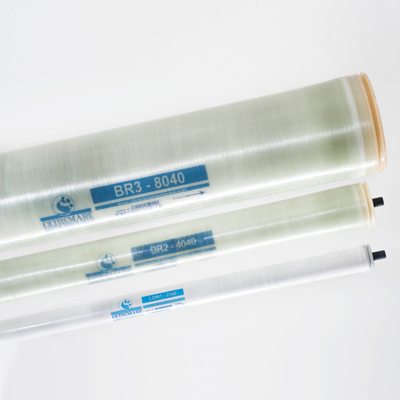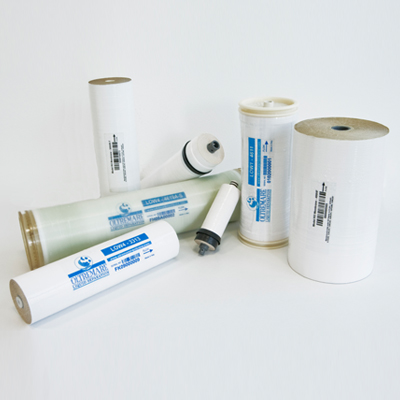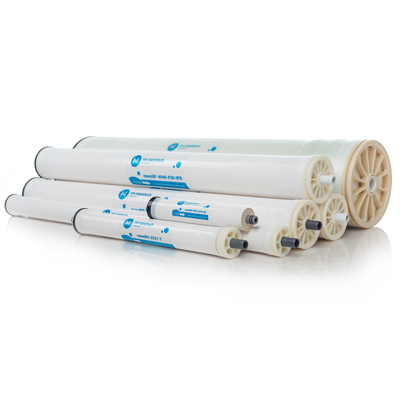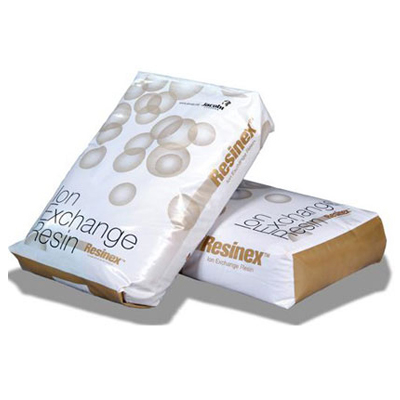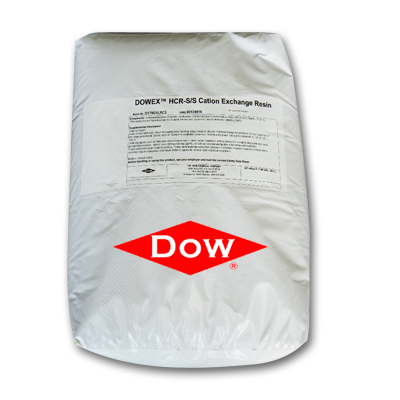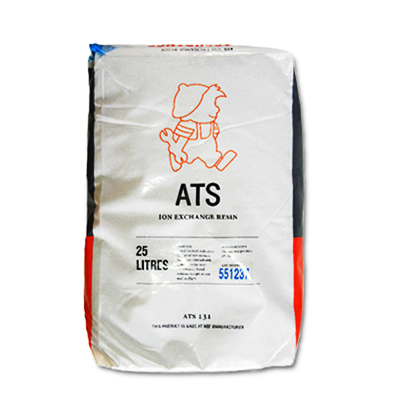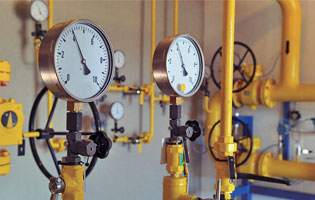PRODUCT INFORMATION
Nitrate removal technology
- front page
- product
- Water Treatment Technology
- Technology Development Department
- Nitrate removal technology
Product Information
- heat treatment
-
water treatment
- Arsenic remover
- Desulfurizer
- Deaerator
- Water softener (calcium and magnesium ion removal)
- Carbon filter (removes odor and residual chlorine)
- Sand filter (removal of suspended impurities)
- Iron remover (removal of iron and manganese ions)
- RO water purifier
- Pre-backwash filter
- UV ultraviolet sterilizer
- Ion exchange resin
- reverse osmosis membrane tube
- quick filter
- Various tanks for water treatment
- Various application filter media
- 美國 Clack Clark control valve
- 美國 Fleck Control Valve
- 美國 Pentair Control Valve
- 美國 Autotrol Control Valve
- Runxin Control Valve
- Injection treatment
- Technology Development Department
-
brand
- Demo brand
- US DOW
- IDEX USA
- US CLACK
- EMERSON, USA
- American PENTAIR
- SIEMENS Germany
- American PULSAFEEDER
- Denmark DANFOSS
- Thailand HAYCARB
- France SUNTEC
- UK PUROLITE
- Japanese NOP
- Japan OLYMPIA
- Japan KATSURA
- BRAHMA, Italy
- SAGINOMIYA
- HONEYWELL
- AZBIL (YAMATAKE)
- OLTREMARE
- NIPCON
- TROCHOID
- domestic
- EGO
- KATO
- LECIP
- ATS
- JACOBI
- ETATRON
- WAVE CYBER
- BOSCHINI
- NIPPON
- WL
- CASH ACME
- YAZAKI
- RUNXIN
- About | Contact
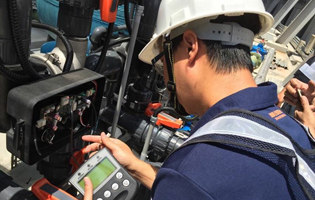
Nitrate removal technology
Technical explanation
Reverse osmosis membrane removal technology:
• Using thin film ceramic composite membrane
• Ability to remove nitrates from 80%
• If the water has a high concentration of sodium or sulfate, this will reduce the ability of the reverse osmosis membrane to remove nitrate
• If the pH of the water is too low, this will reduce the ability of the reverse osmosis membrane to remove nitrate
Ion Exchange Resin Removal Technology:
• To use anion exchange resin
• Use 3-12% salt (sodium chloride) for regeneration solution
• If regeneration is not done regularly, after the exchange capacity of the ion exchange resin is exhausted, nitrate may pass through the resin layer and leak up to 3 times the original concentration of nitrate.



